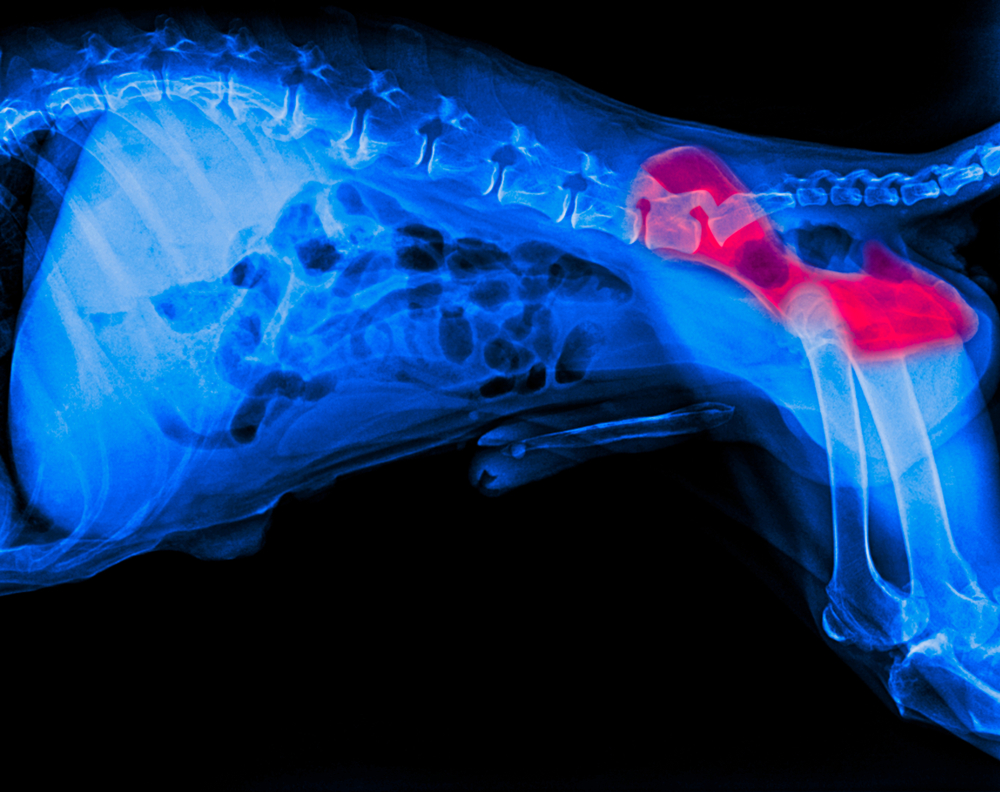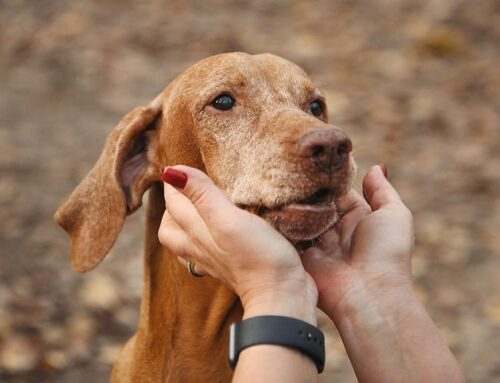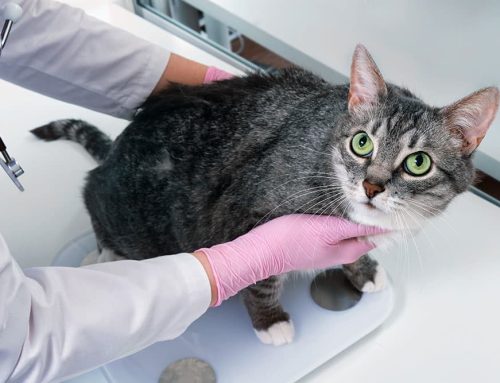Hip dysplasia—two words no dog owner wants to hear. Unfortunately, hip dysplasia is commonly associated with large- and giant-breed dogs. Therefore, we offer facts about this painful condition so you can brush up on your hip dysplasia knowledge and help your canine companion make the most of a less-than-ideal situation.
#1: Hip dysplasia in dogs is a genetic condition
Hip dysplasia is a hereditary condition and while breeding dogs can be screened, not all dogs with orthopedic issues are eliminated from the gene pool. So, when large- and giant-breed dogs who have poor hips or hip dysplasia genes are bred, they continue to pass down their orthopedic problems. Most commonly, hip dysplasia is diagnosed in Great Danes, German shepherds, golden and Labrador retrievers, Newfoundlands, and other large dogs, but dogs of any size can be affected.
#2: Certain factors can exacerbate hip dysplasia in dogs
Although hip dysplasia is inherited, certain factors can make the condition worse. These include:
- Fast growth rate
- Obesity
- Improper nutrition
- Excessive, intense exercise while growing
Large- and giant-breed puppies should be fed a diet specifically formulated for their size to ensure they grow slowly and to limit the stress placed on their developing joints. Additionally, they should not exercise excessively during their growth period, but they should be active enough to stay lean.
#3: Hip dysplasia can be diagnosed in puppies
Depending on the hip dysplasia severity, joint laxity can be diagnosed early. Your puppy should be examined physically during their first four months, and your primary care veterinarian then may detect a hip joint abnormality that will predispose them to impaired mobility, pain, and osteoarthritis (OA) later in life.
#4: Hip dysplasia signs can be seen at 4 months of age
Since hip dysplasia is caused by an improperly fitting ball-and-socket joint that is present from birth, clinical signs can become apparent early on. As your puppy grows, their hip joint laxity and instability will be more obvious and you may note problems as young as 4 months of age.
Hip dysplasia signs in dogs include:
- A bunny-hopping gait while walking or running
- Reluctance to rise, lie down, use stairs, or jump in the car or on furniture
- Stiffness and lameness
- Pain when the hips are touched
- Poor muscle mass in the hind end
- Decreased activity
- Decreased range of motion in the hind legs
- Abnormal sitting positions
#5: Diagnosing hip dysplasia in dogs requires sedation or anesthesia
To accurately diagnose hip dysplasia and its severity, your dog must be fully relaxed to allow hip X-rays, so sedation or general anesthesia is required. Your dog’s hind limbs need to be manipulated to take the necessary images, which can be extremely uncomfortable, and your dog may resist by tucking in their legs. Pain medication and sedatives will eliminate the discomfort and your dog will be able to relax.
#6: Lifestyle modifications are critical in hip dysplasia treatment
Whether your dog undergoes hip dysplasia surgery or medical management suffices, lifestyle modifications will still help to preserve joint cartilage and function. To help ease hip dysplasia discomfort and improve mobility:
- Keep your dog at a healthy weight — A well-balanced diet will not only help your dog stay at an ideal weight, but will also provide essential nutrition for supporting joint health.
- Exercise appropriately — Regular low-impact exercise will help your dog maintain a healthy weight, good muscle mass, and strong joints. Daily walks and swimming will keep your pet active and healthy.
- Make your home more accessible — Help your dog keep their balance and minimize use of their painful joints by installing ramps, providing mats for traction, purchasing an orthopedic bed, raising food and water bowls, and keeping all resources on your home’s main floor.
- Schedule regular veterinary appointments — Your primary care veterinarian will monitor your dog’s pain and mobility associated with their hip dysplasia and subsequent OA. Unfortunately, your pet may become so uncomfortable, despite medication and other therapies, that hospice care may be the best option for them to live out their days with dignity and compassion.
#7: Several surgical treatments are available for dogs with hip dysplasia
Surgery can help your dog, depending on disease severity and their age at diagnosis. Minor procedures that help hip joints develop correctly can be performed on puppies as young as 4 months of age, or a total hip replacement or femoral head ostectomy (FHO) can be performed at maturity.
#8: A dog with hip dysplasia can live a normal, healthy life

Whether your dog is a surgical candidate or lifestyle changes and medical management are enough, hip dysplasia doesn’t have to slow them down. A multimodal, balanced treatment plan can allow your dog to live a healthy, normal life, filled with play, exercise, and fun, well into their golden years.
Hip dysplasia can progressively worsen if OA also develops. If your senior dog is struggling to move around or cannot rest comfortably because of hip dysplasia, OA, or another orthopedic condition, schedule an appointment with our Mobile Cat & Dog Vet team. We can take care of your dog in the comfort of your own home.








Leave A Comment